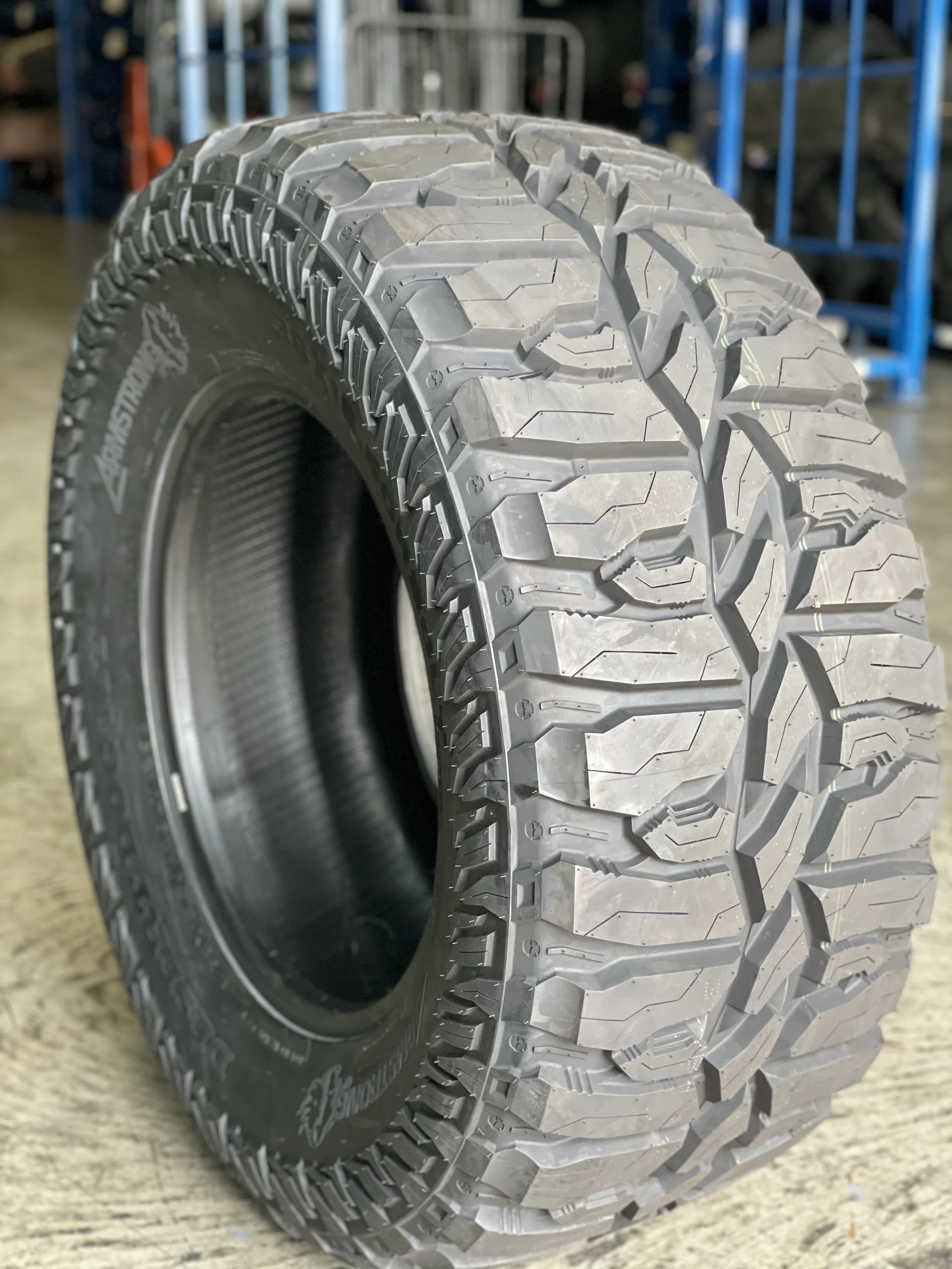Radial vs. Bias Ply Truck Tires: Understanding Tire Construction
Have you ever bought a set of truck tires and thought, “I wonder how they are constructed?” The construction of a tire is important to understand because it is the area that gives you comfort, grip, and overall performance.
There are two types of tire constructions that are in question in this blog; they both have different structures and can be advantageous in different situations.
So, shall we dive into the mysterious world of tire construction?
There are two types of constructions for truck tires, Radial and Bias Ply. Originally when tires came into mass production, they were Bias Ply, the iconic Model T featured this construction. Bias Ply is formed with many layers ‘piled’ on top of each other, serving as a structural foundation of the tire. The layers are plied in a layered, angled, overlapping/crisscross pattern and extended throughout the tire.
The Radial tire also uses plies as a structural foundation, but they are stacked across the center/crown section and don’t extend down the tire sidewalls. This means the crown and the sidewall ply elements function independently. This tire is predominantly used by modern car manufacturers and is the go-to tire for off-road drivers.
Now, we have got the technical stuff out of the way. Let’s look at what really matters to you, the advantages of the two structures.
Advantages of the Radial Tire
There are a number of advantages of using a radial tire; these include:
Improved comfort
Superior heat management and dissipation
Excellent tire flexibility and road surface interaction
Superior handling
Lower rolling resistance
Advantages of the Bias Ply Tire
Although this tire is largely used for classic car/truck restoration projects and car shows, the Bias Ply construction makes up the structure of our Badak X-Treme tire because of its ability to improve strength and sturdiness. These are some of the advantages of the Bias Ply tire.
Less complicated tire construction and, therefore, typically lower cost
The stiffer sidewall can be an advantage in certain applications
Rugged design and sidewall puncture resistance (some agricultural tires are Bias Ply)
Suited to heavier vehicles
Any drawbacks?
Although a versatile tire truck, there are a couple of drawbacks to the Radial Tire that I thought I would tell you about.
Here you go:
Steel belt construction affects the ride quality adversely
Curb impacts can cause sidewall damage
Harder treads increase tire noise
How to buy with Tire Streets?
Both tire structures feature in the range sold by Tire Streets, and the Accelera Badak X-Treme is the only Bias Ply tire, while all the others are Radial.
Shop here for your next set with Tire Streets: https://tirestreets.com/collections/off-road


